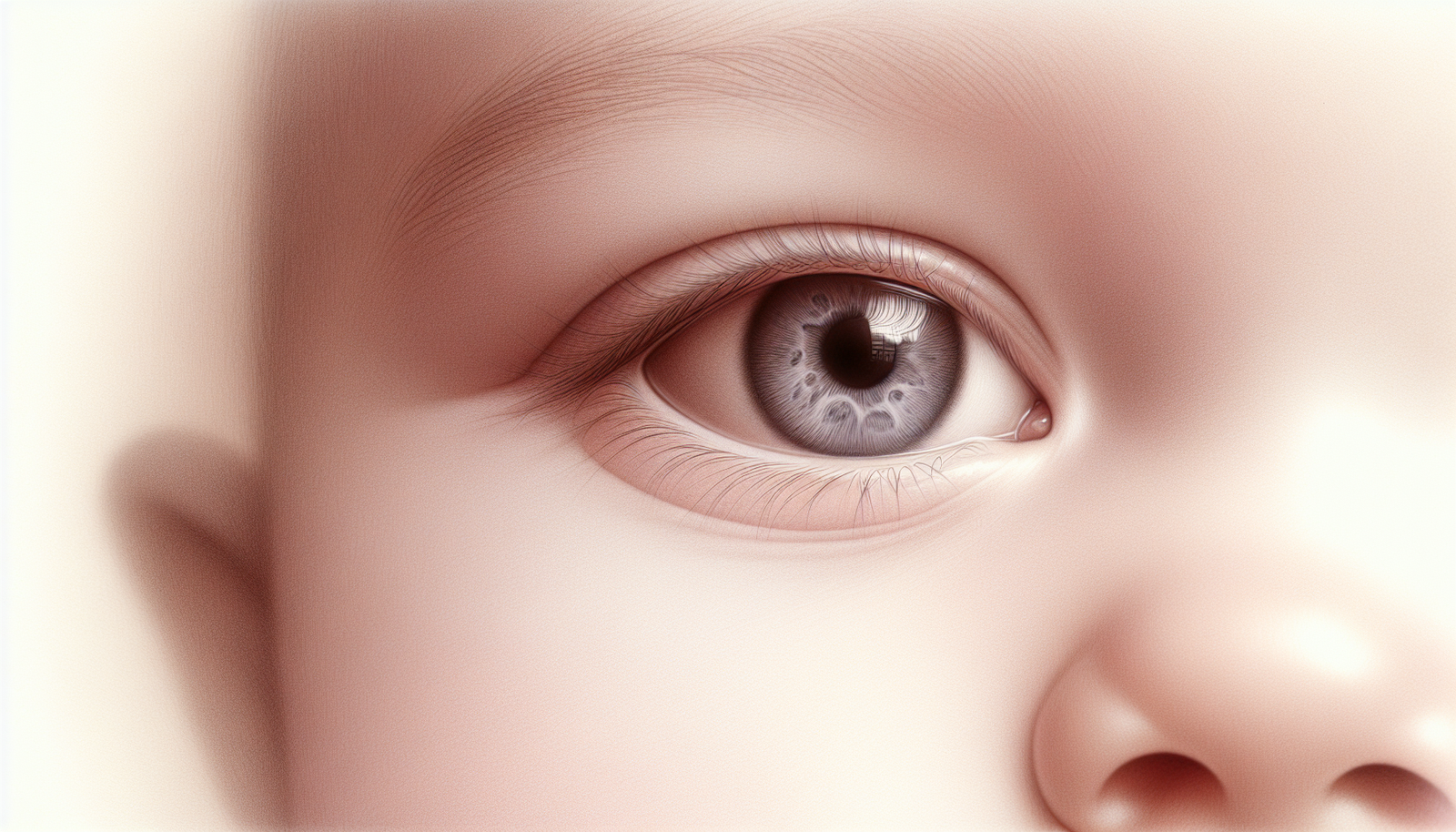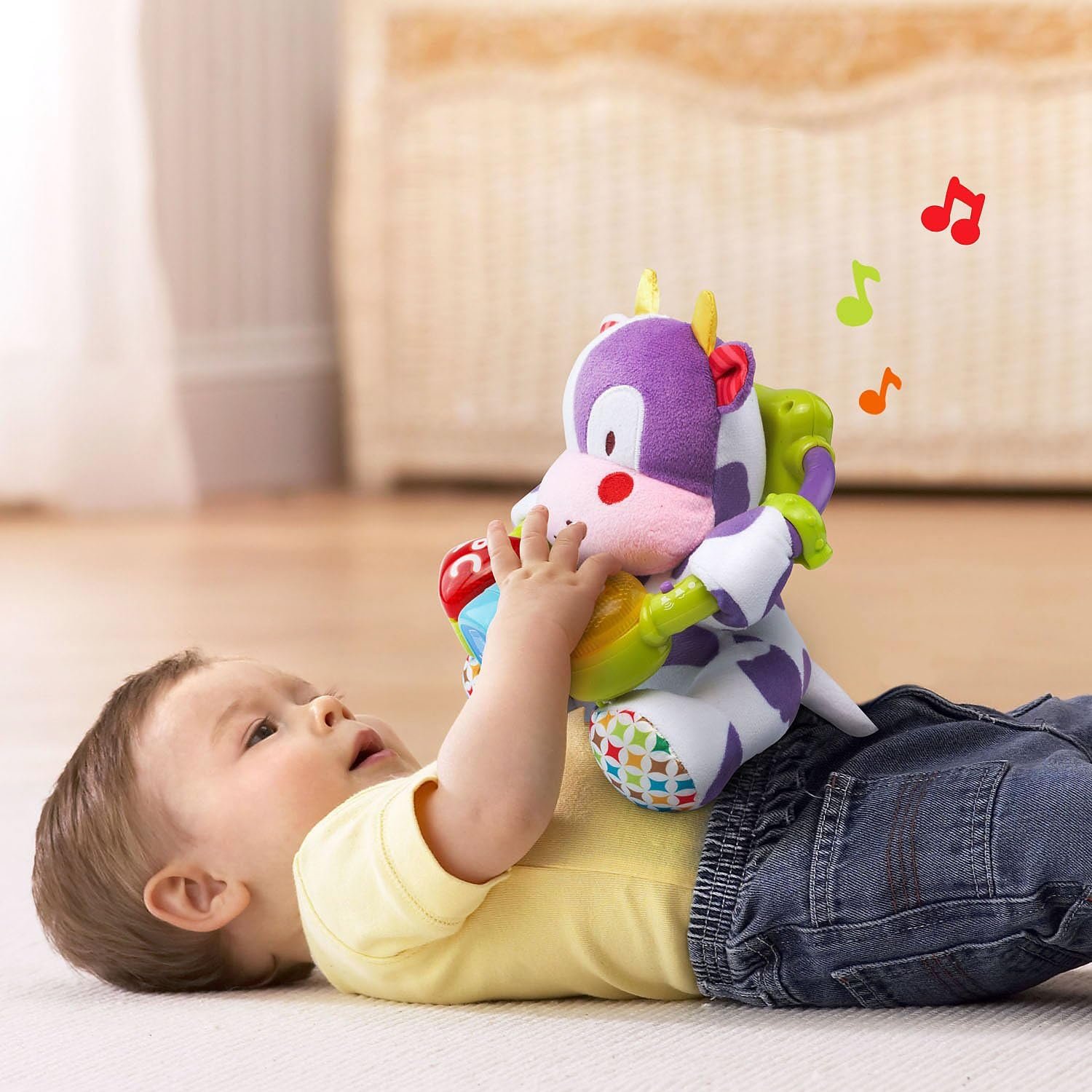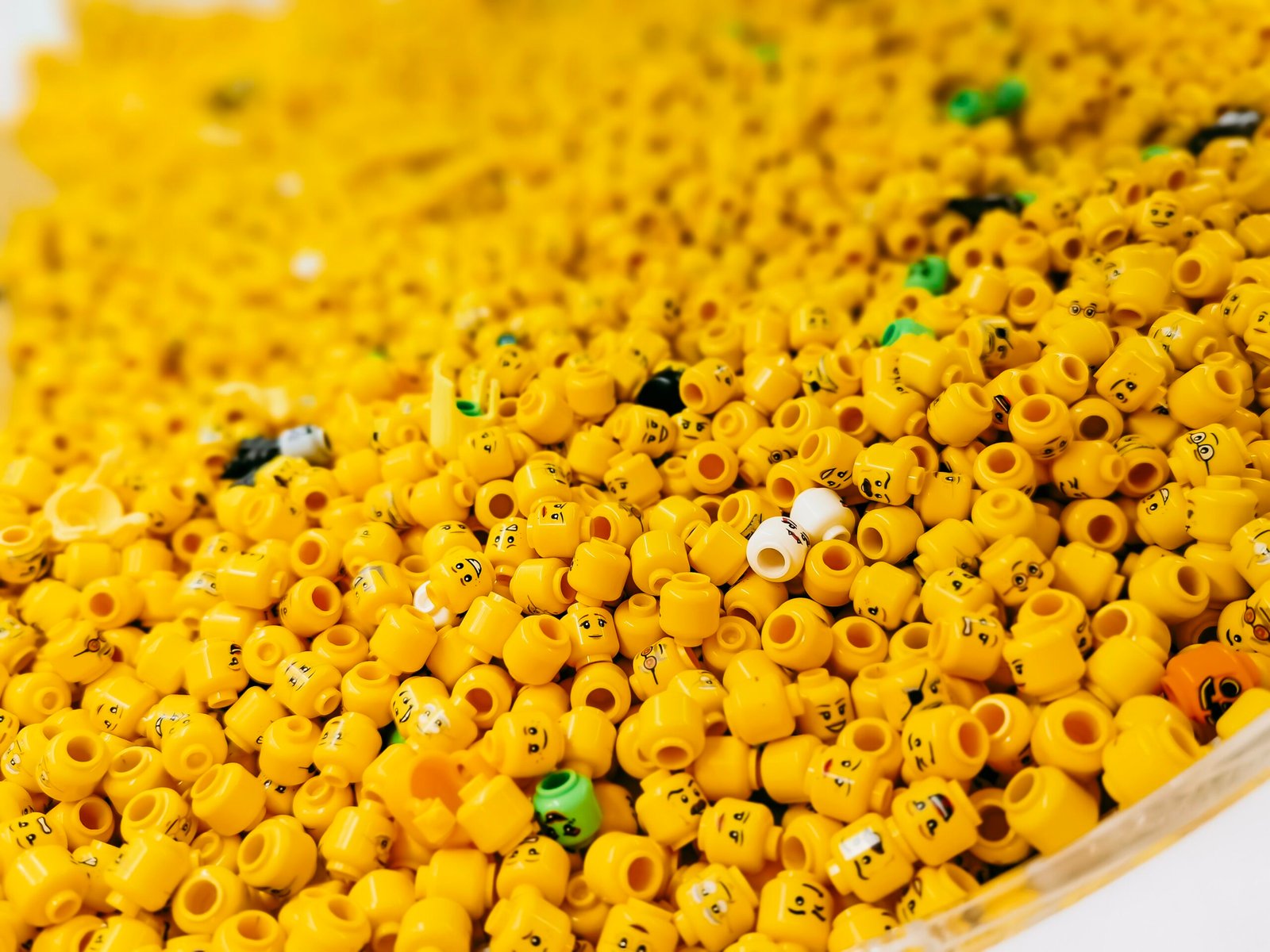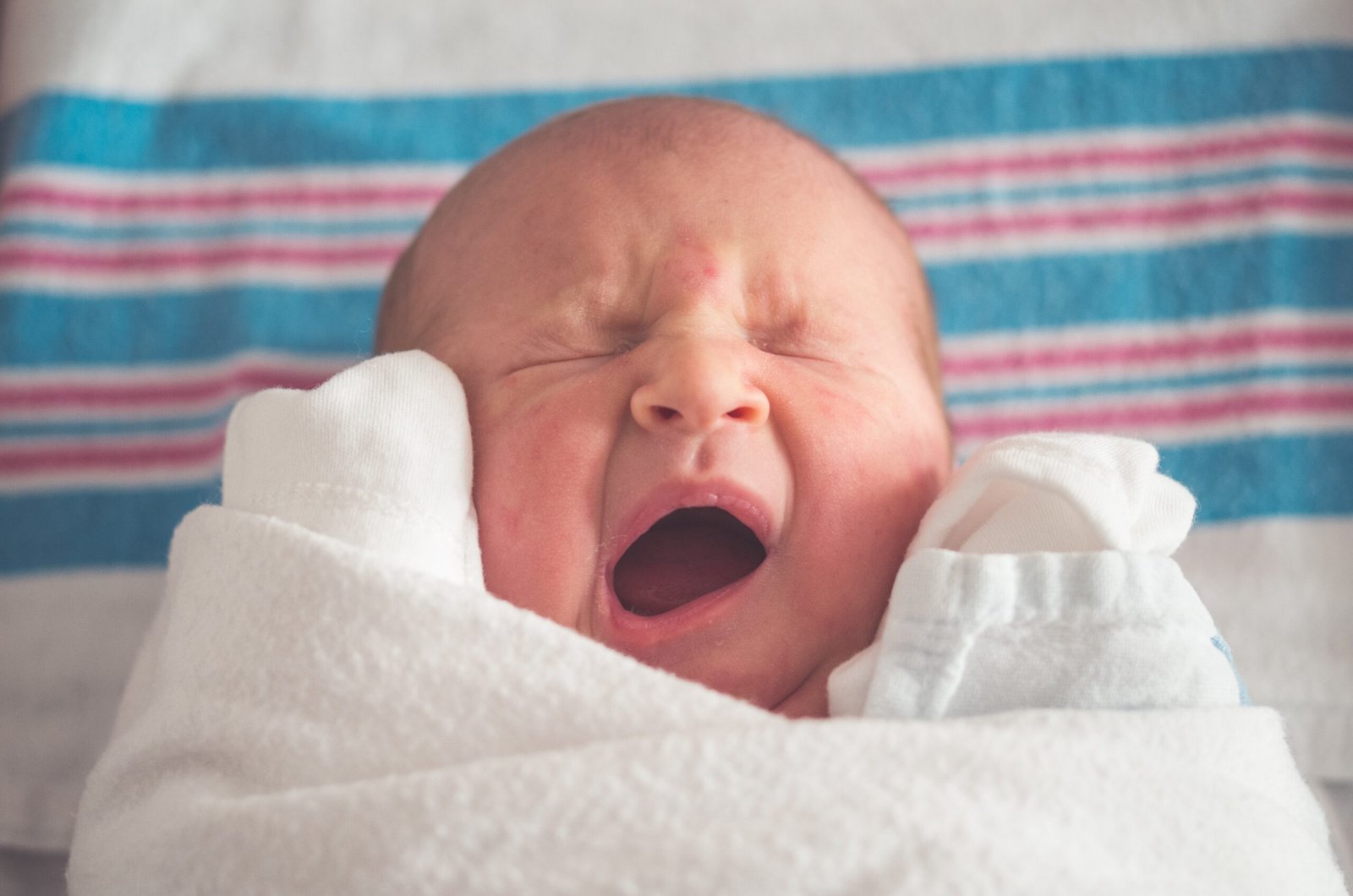This article examines the topic of cross-eyed babies, exploring what it means and providing insight into potential causes and solutions. The author begins by acknowledging that parents may initially be concerned when they notice their baby’s eyes crossing. However, they reassure readers that this can be normal in newborns, particularly in the first few months of life. The author goes on to discuss the differentiation between genuine cross-eyedness and optical illusions, emphasizing the importance of early detection and intervention. Additionally, the article delves into the potential causes of cross-eyes in babies, such as prematurity, family history, medical conditions, and visual straining. It concludes by offering natural methods to help strengthen crossed newborn eyes and highlighting the importance of seeking professional guidance if the condition persists.
Read more about the latest articles
Is My Baby Cross-Eyed?
Babies can sometimes appear cross-eyed even when they are not. This can be due to factors such as a wide nasal bridge or an extra fold of skin on the inner eyelid. These can give the illusion that one eye turns in more than the other or that the eyes are asymmetrical. However, if the eyes are genuinely misaligned or pointing in different directions, then the baby may be considered cross-eyed. This can occur when one or both eyes point in, out, up, or down instead of straight ahead and parallel.
There are two common causes of what parents describe as “crossed eyes.” The first is when the eyes are actually crossed, which is caused by a problem with the muscles that make the eyes move. The second is more commonly known as a “lazy eye,” which can be caused by untreated crossed eyes or poor vision in one eye leading to the brain relying on the stronger eye. It is important to differentiate between these two conditions to determine the appropriate course of action.
Is It Normal for My Baby To Be Cross-Eyed?
In very young babies, it can be normal for their eyes to cross occasionally. This is because their eyes and ocular muscles are still developing coordination. However, by around four months of age, most babies’ eyes should straighten out. If the eyes do not align by this time, it may indicate an issue with crossed eyes that requires evaluation by a pediatric ophthalmologist. Early intervention and detection are crucial in treating and resolving crossed eyes.
Cross-Eyed Baby at One Year
If a baby remains cross-eyed beyond four months of age, it is recommended to have them evaluated by a pediatric ophthalmologist. If the eyes are still crossed at one year old, the baby may be diagnosed with strabismus. Strabismus is most commonly diagnosed between the ages of one and four, although it can rarely be diagnosed up until the age of six. Regular eye exams performed by the pediatrician during well-child visits are essential in detecting and addressing any issues with crossed eyes.
What Causes Cross-Eyes in Babies?
Multiple factors can contribute to a baby being cross-eyed:
Prematurity
Premature babies are at a higher risk of developing retinopathy of prematurity, a condition characterized by abnormal blood vessel growth in the eyes. This condition has been associated with an increased risk of crossed eyes.
Family History
Having a family history of strabismus, or crossed eyes, increases the likelihood of a baby developing it. This suggests a genetic link to weakened eye muscles.
Medical Conditions
In some cases, crossed eyes may result from neurological issues rather than problems with the eye muscles. Conditions such as strokes, head injuries, cerebral palsy, and Down syndrome can affect the nerves controlling the eye muscles, leading to misalignment and crossed eyes. Additionally, rare medical conditions may impact a baby’s vision, causing one eye to have poorer vision than the other and resulting in the appearance of crossed eyes or a lazy eye.
Straining
Vision impairment, such as near- or far-sightedness, can cause a baby to strain to see. This visual straining can gradually lead to the eyes drifting apart or misaligning, resulting in crossed eyes over time.
How To Naturally Fix Crossed Eyes in Babies
If a baby is cross-eyed within the first four months of life, it is generally considered normal as their eye muscles adjust to the outside world. However, there are some measures that parents can take at home to strengthen crossed newborn eyes:
Support Visual Development
Expose the baby to high-contrast images, such as black-and-white cards, as they are easier for the baby to focus on. This exposure to different images and environments can aid in visual development.
Practice Tracking
Hold an image or toy about 8 to 10 inches from the baby’s face and slowly move it from side to side. This encourages the baby’s eyes to track the object and helps improve their eye coordination. Additionally, gently turning the baby around a room allows them to practice tracking objects and switching focus.
Maintain Balance
Alternating the side on which the baby is held for feeding and switching the side of the crib where they sleep can help both eyes strengthen evenly. This practice enables the baby to look out and see equally through both eyes and encourages them to turn their head in each direction.
Read more about the latest articles
When Do Babies’ Eyes Stop Crossing?
While it may be tempting to wait and see if a baby’s crossed eyes improve on their own, this is unlikely to happen. In fact, without intervention, crossed eyes can worsen over time. It is crucial not to rely on the assumption that a baby will outgrow crossed eyes. If a baby’s eyes continue to cross beyond four months of age, it is essential to bring up this concern with their primary care provider. Early detection and treatment of crossed eyes provide the best outlook for alignment and vision.
Treatment for a Cross-Eyed Baby
The most common treatment for crossed eyes, or strabismus, involves strengthening the weaker eye. This is typically achieved by suppressing the vision in the stronger eye, encouraging the brain to focus with the weaker eye. This can be achieved through the use of glasses, an eye patch, or sometimes even surgical repair. It is important to seek professional guidance from a pediatric ophthalmologist if a baby’s crossed eyes persist or worsen, as they can determine the most appropriate treatment approach. Prompt attention to eye alignment and vision issues in babies is crucial for optimal outcomes.

















